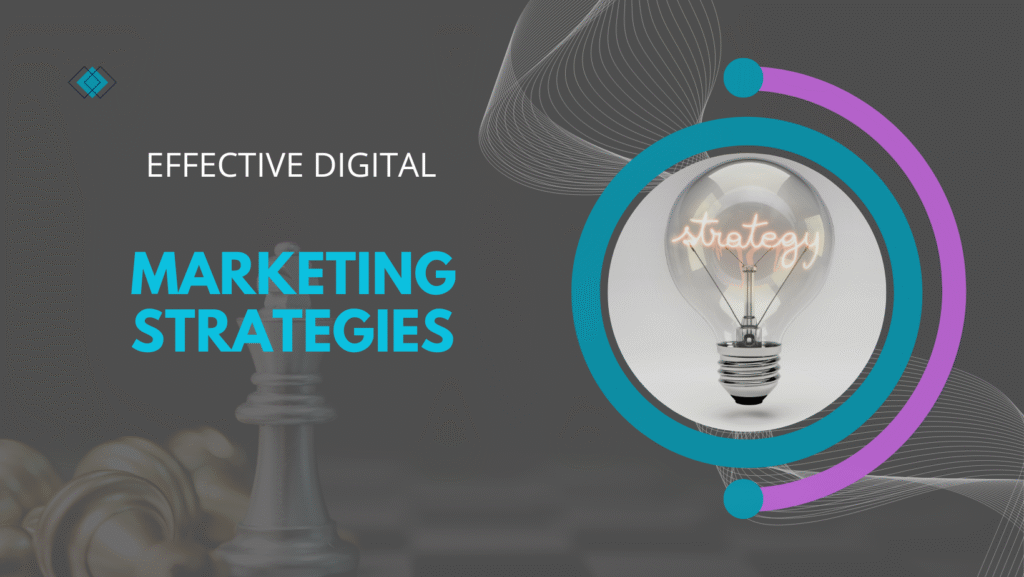When it comes to digital advertising, two giants dominate the space: Google Ads and Facebook Ads. Both platforms offer incredible opportunities to reach your target audience, but choosing the right one for your business can be challenging. At SBWayout, a leading digital marketing agency, we specialize in helping businesses make informed decisions about their advertising strategies. In this post, we’ll break down the differences, strengths, and best use cases for Google Ads and Facebook Ads to help you decide which platform is ideal for your business.
Why Advertising Platforms Matter
Digital advertising is essential for businesses looking to drive traffic, generate leads, and boost sales. Selecting the right platform can significantly impact your return on investment (ROI) and overall marketing success. Let’s dive into how Google Ads and Facebook Ads differ and what makes each unique.
Google Ads: The King of Search Advertising
Google Ads, also known as Pay-Per-Click (PPC) advertising, is a platform that allows businesses to appear in search engine results and on partner websites. Here are its key features:
Benefits of Google Ads:
- Intent-Driven Audience: Google Ads target users actively searching for products or services, making it an excellent tool for capturing high-intent leads.
- Wide Reach: With over 8.5 billion searches per day, Google provides unparalleled access to a massive audience.
- Diverse Ad Formats: From text ads to shopping ads and YouTube video ads, Google offers versatile advertising options.
- Detailed Analytics: Google Ads provides robust performance tracking tools, allowing you to optimize campaigns for better results.
Facebook Ads: The Social Media Powerhouse
Facebook Ads focus on engaging users through highly targeted campaigns on Facebook, Instagram, and Messenger. It’s ideal for businesses looking to build brand awareness and connect with users in a more personal way.
Benefits of Facebook Ads:
- Precise Targeting: Facebook allows advertisers to target users based on demographics, interests, behaviors, and even life events.
- Visual Engagement: With eye-catching images, videos, and carousels, Facebook Ads are perfect for storytelling and creating memorable experiences.
- Affordable Entry Point: Facebook Ads typically have lower CPC (Cost-Per-Click), making them accessible for small businesses.
- Social Proof: Ads can gain likes, shares, and comments, amplifying their reach organically.
Google Ads vs. Facebook Ads: Key Differences
| Feature | Google Ads | Facebook Ads |
| Audience Intent | High-intent, ready-to-purchase users | Discovery-based, passive audience |
| Ad Formats | Search, Shopping, Video, Display | Visual, Interactive, Video |
| Targeting Options | Keywords and search behavior | Demographics, Interests, Behaviors |
| Cost | Higher CPC, higher ROI potential | Lower CPC, better for brand awareness |
Choosing the Right Platform for Your Business
When to Choose Google Ads:
- Your product or service meets an immediate need.
- You’re targeting high-intent keywords.
- You have a competitive budget to bid for keywords.
When to Choose Facebook Ads:
- You aim to build brand awareness or nurture leads.
- Your audience is highly active on social media platforms.
- You’re working with visually appealing products or services.
How SBwayout Can Help
At SBWayout, we understand that no two businesses are the same. Our digital marketing experts analyze your goals, target audience, and budget to recommend the ideal advertising strategy. Whether it’s Google Ads, Facebook Ads, or a combination of both, we tailor our approach to maximize your ROI and achieve your objectives.
Google Ads and Facebook Ads both offer unique advantages, but the right choice depends on your business goals, target audience, and advertising budget. By understanding the strengths and limitations of each platform, you can make an informed decision that drives results. Partner with SBwayout, your trusted digital marketing agency, to create a customized advertising strategy that works. Contact us today to get started!


